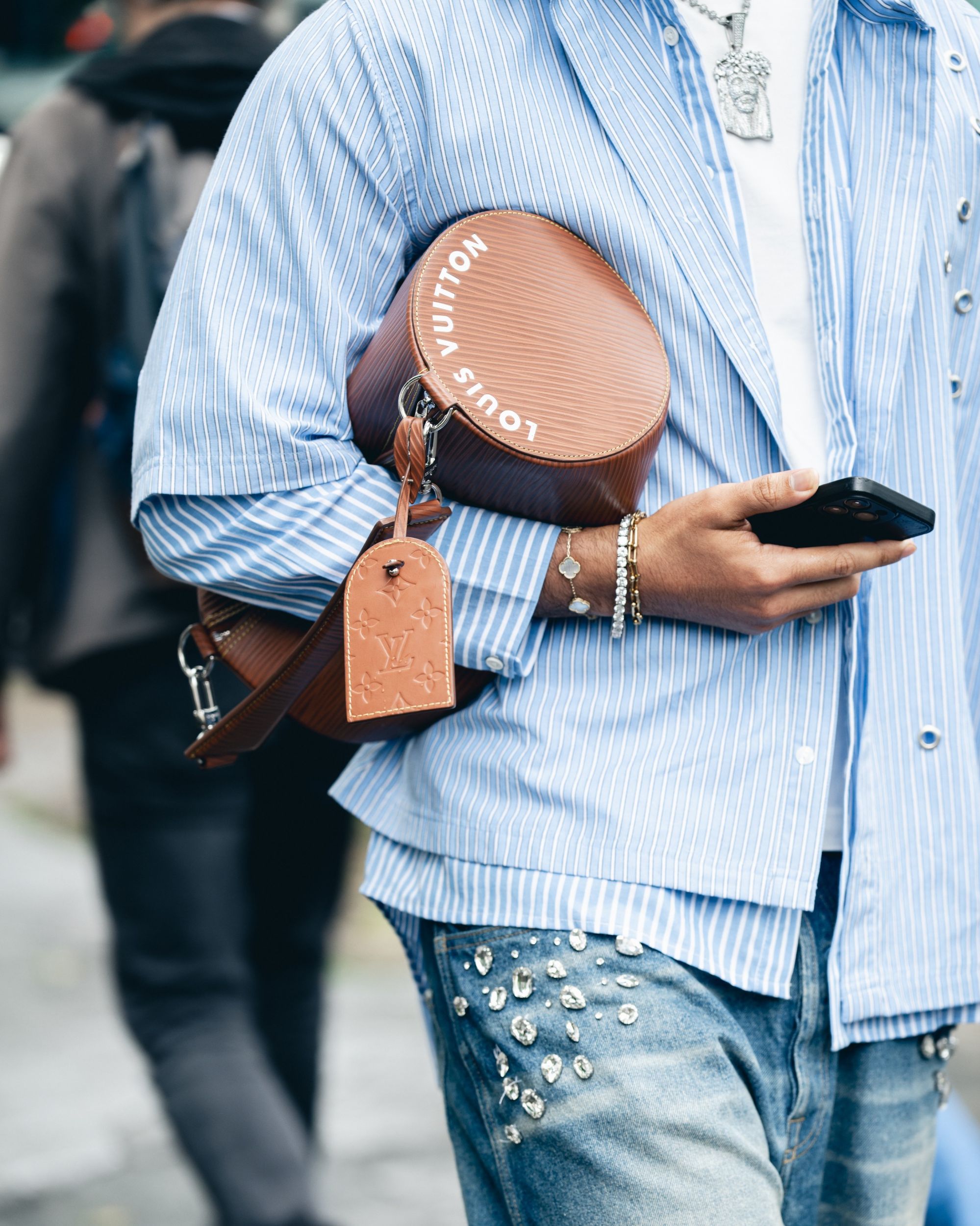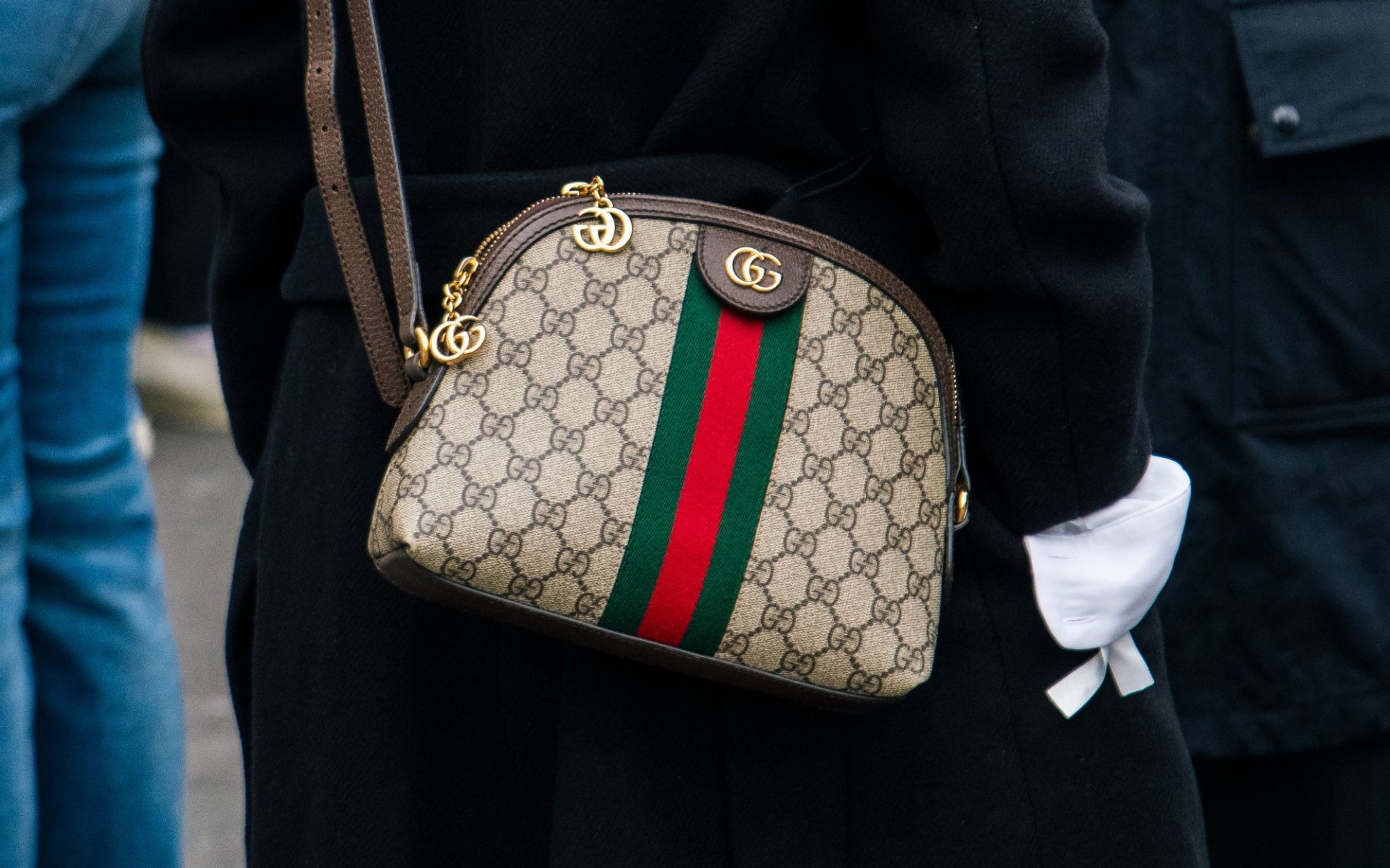
Without VICs, fashion could crumble tomorrow This was revealed in a new report by Altagamma unveiled this week
The proportion is already known, but the figures are perhaps the most realistic and up-to-date: 3% of the world's adult population owns 40% of the financial power, and about two-thirds of this tiny fraction represent the core of what the True-Luxury Global Consumer Insights study, co-signed by BCG and Altagamma, defines as the "Beyond Money" customer segment. This term designates the absolute peak of luxury: consumers who spend more than €50,000 annually on luxury goods or experiences, with an average expenditure of €350,000 each year. This segment is further divided into three levels, ranging from people who spend €50,000 to €300,000 annually to those who reach up to a million per year, culminating in the so-called “Uber Money” tier that exceeds this threshold. In short, this group represents 1% of the actual customer base, and each of these few individuals is worth as much to fashion as 230 "normal" aspirational customers who spend up to €2,000: they account for 21% of the total luxury expenditure. Needless to say, in an era where wealth has never been as concentrated as it is now, this ultra-rich customer segment has doubled its relevance to brands over the past decade, and now it would be impossible to do without them without causing the entire house of cards to collapse. During the tenth edition of the Altagamma Consumer and Retail Insight in Milan last Tuesday, it emerged that the growth of the entire luxury industry is indeed driven by the highest tier of consumers, which includes the ultra-rich mentioned above, the Very Important Clients (VIC), who, representing on average 30% of the brands' revenues, are now essential to their survival.
Clients or Friends?
In the coming years, it is likely that all brand strategies will focus precisely on the goal of retaining these clients. To win them over, brands have first learned to identify them and understand what they desire most: exclusivity, absolute quality of products and services, and unique experiences. This VIC is not an ordinary client: he is a loyalist, a follower, and a friend – or should feel like one. Their demands for hyper-personalization of services extend to fast-tracking wait times for one-off products or otherwise unavailable to the public, the availability of high-level Client Advisors, and the creation of a sense of community through gift baskets, invitations to shows, trips, and completely closed events such as the highly secured dinners during fashion weeks, meetings with the creative director, and so on. During the conference, Matteo Lunelli, President of Altagamma, stated that «the sustainability of consumption is supported by Top Clients, who are pushing companies to refine and improve their entire offering, from services to the excellence of their creations. […] To meet the expectations of this increasingly demanding clientele, companies will need to continue investing in technology and attracting talent with new skills».
A Problem of Personal Relationships
But this was more or less already known. What the study highlighted, however, is that the presence of this "elite within the elite" (our expression) raises a whole new order of problems for brands that do not concern, for once, creativity or communications but rather personal relationships. Today, it is necessary to communicate with each of the «500,000 individuals who represent 20-25% of the total luxury market and grow by 10% each year (CAGR). They are immune to economic cycles and geopolitical crises […] and exhibit spending that is about five times less volatile than that of the aspirational buyer segment», in the words of Filippo Bianchi and Guia Ricci of BCG, who presented the study. But what is the problem? According to the two, VICs «on average purchase products from 10 brands, but are identified and treated as such by only 2 or 3 of these. For this reason, 70% of the time, important opportunities are lost, which could be recovered with a more sophisticated target segmentation».
Chanel and Brunello Cucinelli opening private stores for high clientele doesn’t even surprise me. If the poor get poorer, shopping will be limited to private stores for big spenders anyway and the plebs gotta stick to online experiences cause they don’t have enough TIME
— iamshol.eth (@guillermosmind) June 16, 2022
In other words, the world's leading luxury brands will soon be forced to fight over the money and, in some cases, the affection of half a million individuals scattered around the world with deep pockets who are the only ones who can keep them alive. The key figure, in this sense, is the Client Advisor, who represents the point of contact between the client and the company: 70% of VICs have a trusted Client Advisor, and 70% of them would switch brands if their Advisor moved to a competitor, so great is the trust they enjoy for any type of purchase. But here arises the problem: according to the study, very few want to pursue this career (which is, moreover, not highly advertised), making the active advisors, especially if they are good, a rare and highly sought-after commodity. This is why many brands have launched what the study calls a “war for talent,” fought with competitive salaries, incentives and benefits, flexibility, and growth prospects.
What Does This Mean for Fashion?
@teobarbareo1 Come shopping with me at Louis Vuitton private apartment #louisvuitton #shopping #pfw #getreadywithme #fitcheck original sound - Teob
One often wonders, when watching a fashion show that perhaps does not appeal, who the client the creative director had in mind was – implicitly suggesting that their ideas were confused. Yet, the gap between critical and commercial success is a harsh reality: a beloved designer can be overwhelmed by debt; a banal or, worse, vulgar designer can know immense success. The truth is that the success or failure of a brand, as well as the ebb and flow of its fortunes, is in the hands of that half a million clients scattered around the world who could, if they wished, buy entire collections and ten iterations of the same bag without batting an eyelid. These same clients, more often than not, are more attracted to a logo than a composition label or the design of their garments. The mega-rich, after all, can be a very undemanding clientele if dazzled enough by a certain brand's name. It is to be expected that, beyond the "minor" products such as small leather goods, sunglasses, beauty and perfumes, which are indeed destined for the general public of "occasionals", the new focus of attention will be precisely on this mega-rich clientele, while everything suggests that the occasional or aspirational clientele will be pushed to the margins – at least until they find a valid alternative and take their money elsewhere, as is already happening.














































